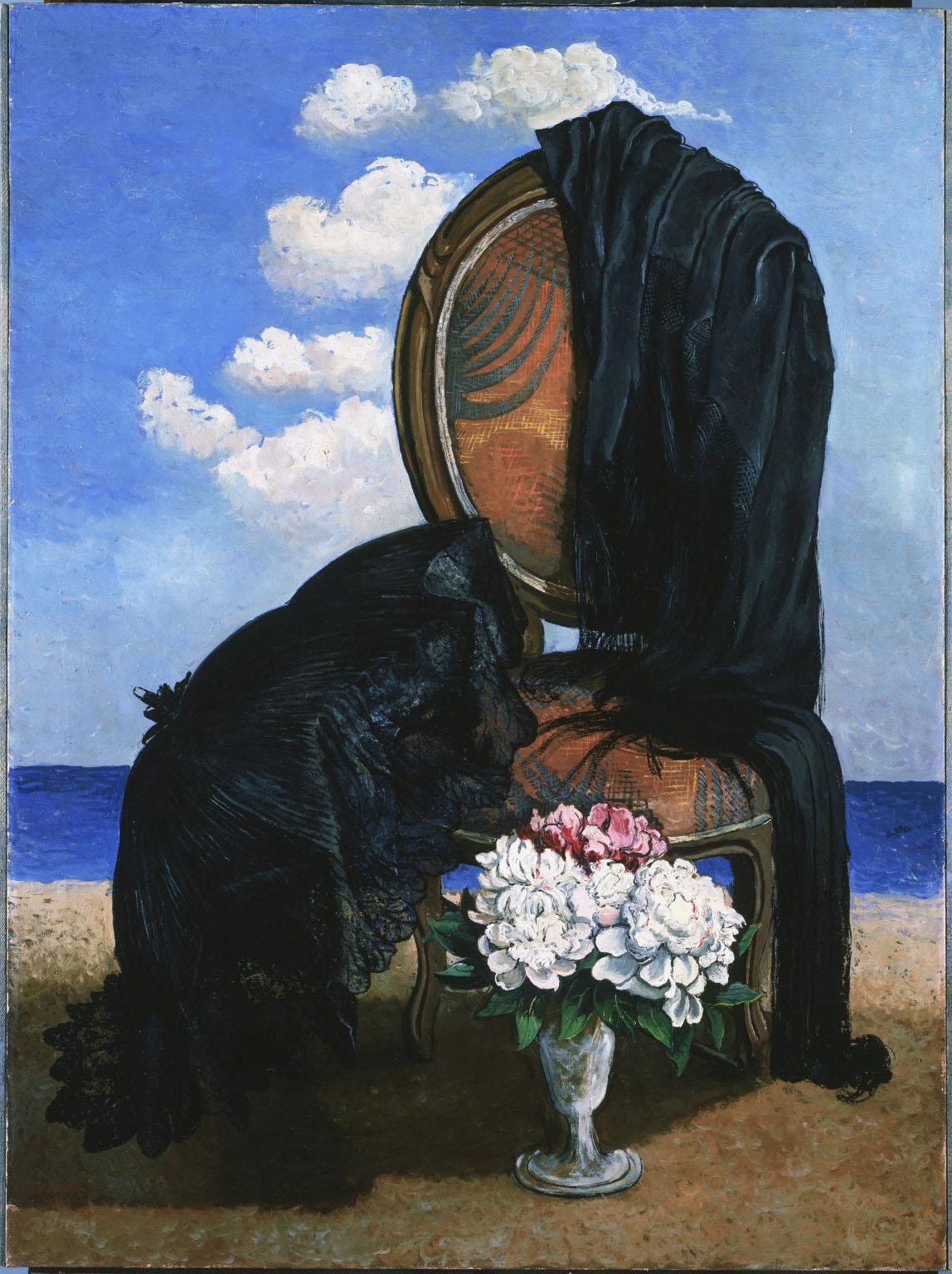The Black Lace Parasol
Morris Kantor ( 1931 )

Morris Kantor’s students at the Art Students League in New York, where he first started to teach painting in 1936, remembered him as warm, undogmatic, and open to their emerging talents. In his own work, Kantor evolved from early American Cubism to romantic surrealism. He was frequently referred to as “intellectual” and “psychological.”
Duncan Phillips most likely admired Kantor because he was an independent artist who followed his own aesthetic sensibilities instead of the prevailing styles. Phillips wrote, “Russian artists, including Morris Kantor in this country, seem to be leading the way from cubism into the many-minded ranks of the new romanticism. The goal of this movement should be the greatest intensity of expression consistent with the disciplined intelligence and achievable by the simplest means. Suggestions should, as far as possible, serve instead of statement.”
The Black Lace Parasol was featured on the cover of the November 17, 1937, issue of Vogue, and was described as “the indefinable abstract of femininity.” The painting was characteristic of Kantor’s romantic representational style of the 1930s. After his marriage in 1928 to the New England painter Martha Ryther, Kantor became more aware of American material culture. He was intrigued by the stories American objects could tell and combined them in works that were often called “Americana” paintings. By juxtaposing past and present, such still lifes had a surreal feeling.